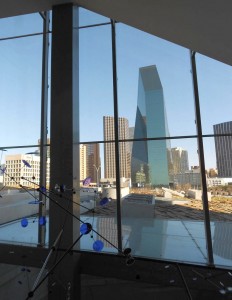 I am still anchored in the Dallas area while I finish up some dental work. While here, it seems like a good opportunity to cross off some of my “Things to see in Dallas” list. Admittedly an intentionally short list, as I shan’t tarry too long, lest it be like Tracey Chapman would sing, “Leave tonight or live and die this way.”
I am still anchored in the Dallas area while I finish up some dental work. While here, it seems like a good opportunity to cross off some of my “Things to see in Dallas” list. Admittedly an intentionally short list, as I shan’t tarry too long, lest it be like Tracey Chapman would sing, “Leave tonight or live and die this way.”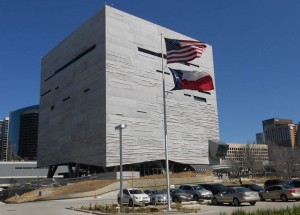
Last December, the new Perot Museum of Nature and Science opened in downtown Dallas, billed as “a living science lesson,” with lots of hands-on exhibits geared toward coaxing more science out of the next generation.
The site states that 79% of all Texas 12th graders are deficient in science, so the aim is to teach the future scientists that “the earth revolves around the sun, not us.” I am pleasantly surprised to see this focus on science, and even more surpised to find that there is even a section on evolution, one of the scientific evils often left out of museums (and textbooks!) in Texas. Let’s see if the creationists build a “Creation Evidence Museum” (freak show) across the street from the science museum like they have next to the Dinosaur Valley in nearby Glen Rose.
The outside of the museum offers an interesting design in that part of the “not for the vertigo-challenged” escalator juts out of the side of the building, offering some beautiful views of downtown Dallas. I rode it to the top floor to work my way down the five floors of exhibits.
I worried that the museum would be geared more toward kids without enough to peak my interest. Yes, it is geared toward kids….brainy kids…but also “kids at heart.” My first stop at the top of the 54 ft escalator is the Rose Hall of Birds which pays homage to all creatures and sounds of flight. I quickly realize this museum is not just about exhibits but also experiences, as I find myself standing in line with a group of six year olds waiting my turn to try out the “bird simulator.” Grab your 3D glasses from the box and wait on line to stand in front of the 3D screen, using your balance to simulate the flight of a bird, skimming across the lake, soaring over the mountains, and sometimes crashing in the trees. Lean back to simulate ascension, side to side to bank left and right, and forward for what was often an accidental crash landing. “Hey Mom! That lady is taking too long for her turn!!”
The museum covers a wide spectrum of subjects from our expanding universe, right down to the core of the earth, including the “Earthquake Shake,” simulating minor, major, and extreme earthquakes based on the magnitude of previous quakes in the US. Lots of exhibits offer perspective on how our solar system stacks up against the rest of the universe, right down to trivia about the moon, which takes as long to spin on it’s axis as it does to rotate around the earth, which is why we always see the same side.
You can don a lab coat in the Bio lab in the “Being Human” hall and examine your own DNA, monitor your heartbeat, observe your brain waves, or view your body heat on a giant thermographic screen.
Seeing as how the museum is located in Texas, there is understandably a lot of focus on what is beneath our surface as well, primarily oil and natural gas. Exhibits are named after multi-million dollar donors — dynasty founders such as T. Boone Pickens and Tom Hunt.
Texas Instruments also plays a prominent role, understandably, by sponsoring an Innovation Hall where you can see the first silicon chip on display, or even design your own robot.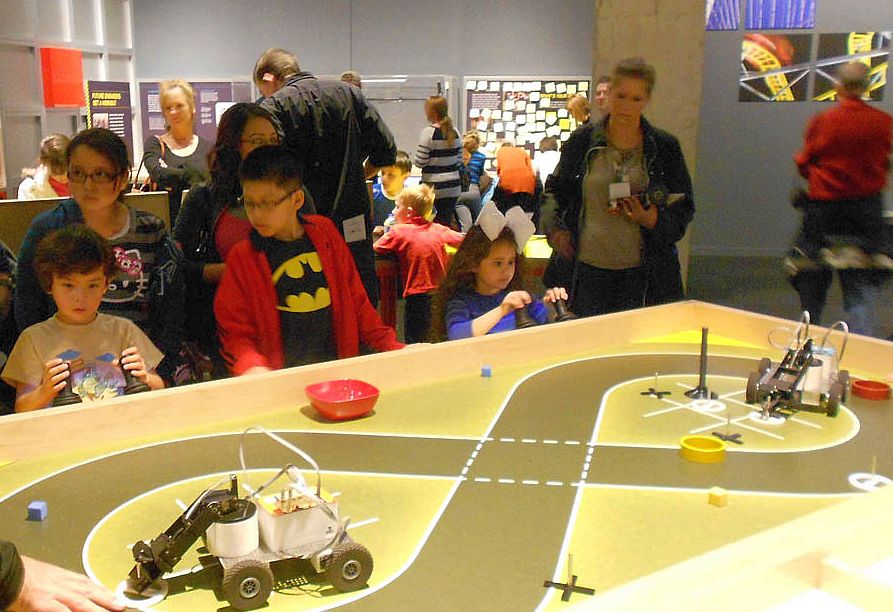
They are soliciting ideas from the future generation, my favorite being “a robot unicorn that cooks grilled cheese.” (Note red circle below.) 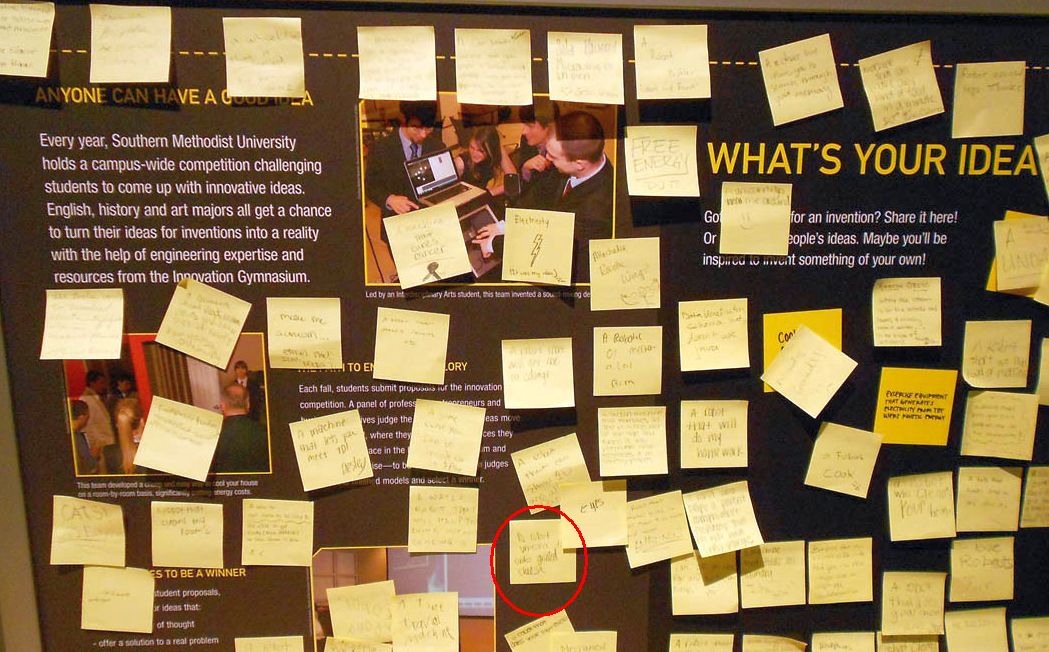
The museum prides itself on environmental friendliness including a rainwater collection system, LED lighting and solar-powered water heating. A roof garden features drought-resistant plants native to Texas.
 In keeping with the “green theme,” the museum is accessible from the nearby “Katy Trail,” a 4 mile hike and bike path named for the Missouri-Kansas-Texas line (MKT, or “Katy” ) of the Union Pacific Railroad. This elevated track cuts across the north end of downtown, linking several urban parks and plazas.
In keeping with the “green theme,” the museum is accessible from the nearby “Katy Trail,” a 4 mile hike and bike path named for the Missouri-Kansas-Texas line (MKT, or “Katy” ) of the Union Pacific Railroad. This elevated track cuts across the north end of downtown, linking several urban parks and plazas.
 My favorite part of the path is the two lane concept, segregating bikers from the walkers. I walked three miles of the trail in itune-blaring freedom from having to listen for the whizzing of bicycle tires over my shoulder, while the bikers are free from having to brake for pedestrians whose music is too loud to hear their approach.
My favorite part of the path is the two lane concept, segregating bikers from the walkers. I walked three miles of the trail in itune-blaring freedom from having to listen for the whizzing of bicycle tires over my shoulder, while the bikers are free from having to brake for pedestrians whose music is too loud to hear their approach.
The path even offers a few open-air cafes and beer gardens…the best kind of “garden” in the concrete jungle!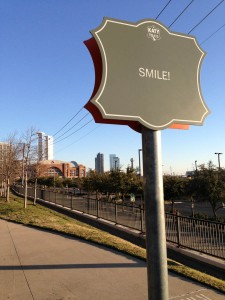

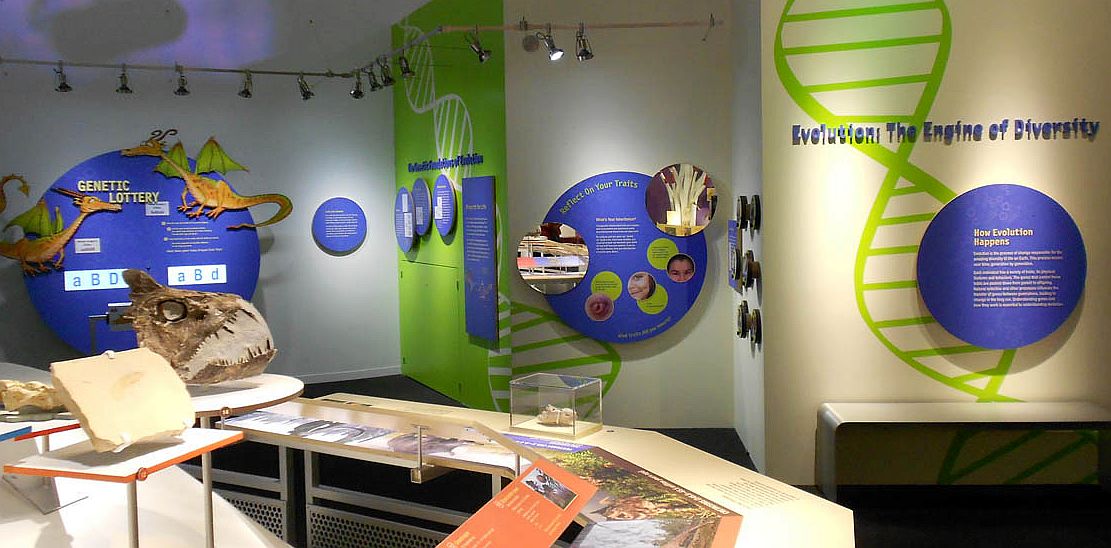

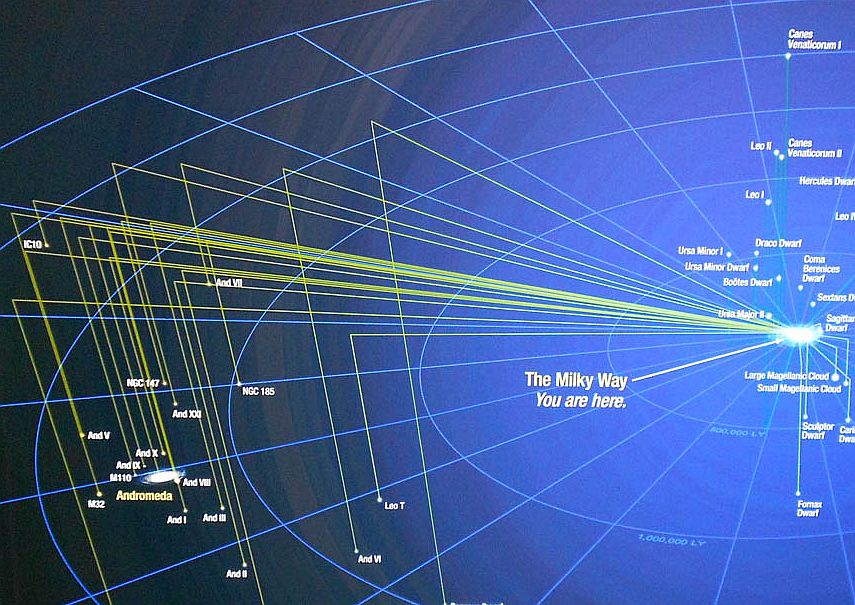


“I went to a beer-garden party, reminisced with my old friends…”
🙂
and speaking of the “dark side of the moon,” I find it astonishing that both the moon’s rotation and orbit match so precisely that we are eternally kept in the “dark” about the other side. Like, what’s the chances of that!
Box Canyon Mark (too much of a right brainer to be a scientist)
Ah, yes, that left brain/right brain thing haunts me at every turn…it is the reason why your blog reads like the work of a passionate philosopher, while mine reads like a science review or a dry travel brochure. LOL! Thanks for stopping by, Mark!